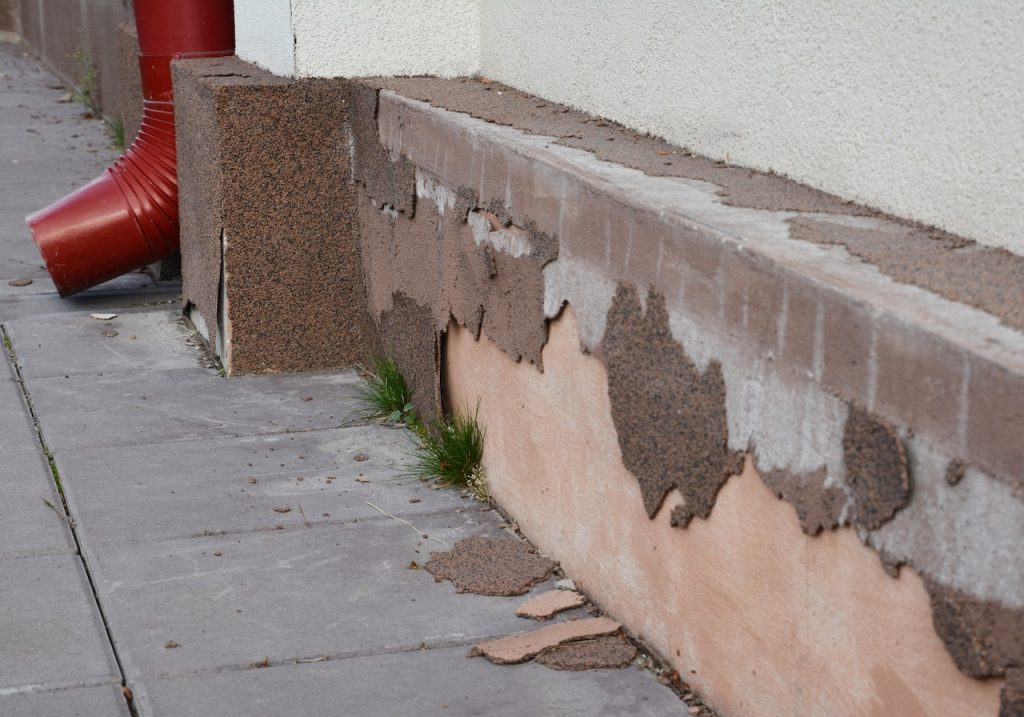
Many homeowners are unaware of how vulnerable their foundation can be to water.
Your home’s foundation is arguably one of its most critical components. It supports the structure, ensuring stability and safety.
Can water damage a foundation? Absolutely. In fact, prolonged exposure to standing water can severely compromise your foundation’s integrity, leading to costly repairs and, in some cases, jeopardizing the structural safety of your home. In this article, we’ll explore how water can damage a foundation, signs of water damage, repair techniques, and preventive measures to protect your home.
Can Water Damage a Foundation?
How Does Water Affect Your Foundation?
Water is essential for life but can be detrimental to your foundation. When water pools around your home, it seeps into the soil. Over time, this can lead to various issues, including soil expansion, erosion, and even structural displacement. The pressure caused by standing water against your foundation walls, often called hydrostatic pressure, can cause cracks, leaks, and long-term weakening of the concrete or masonry.
Types of Water Damage to Foundations
- Hydrostatic Pressure: As mentioned, the buildup of water pressure against foundation walls can lead to cracks and leaks.
- Soil Erosion: Water washing away the soil beneath the foundation creates voids, which lead to the foundation settling and sinking.
- Expansion of Clay Soil: In areas with clay-heavy soil, water absorption causes the soil to expand, stressing the foundation.
Signs of Foundation Water Damage
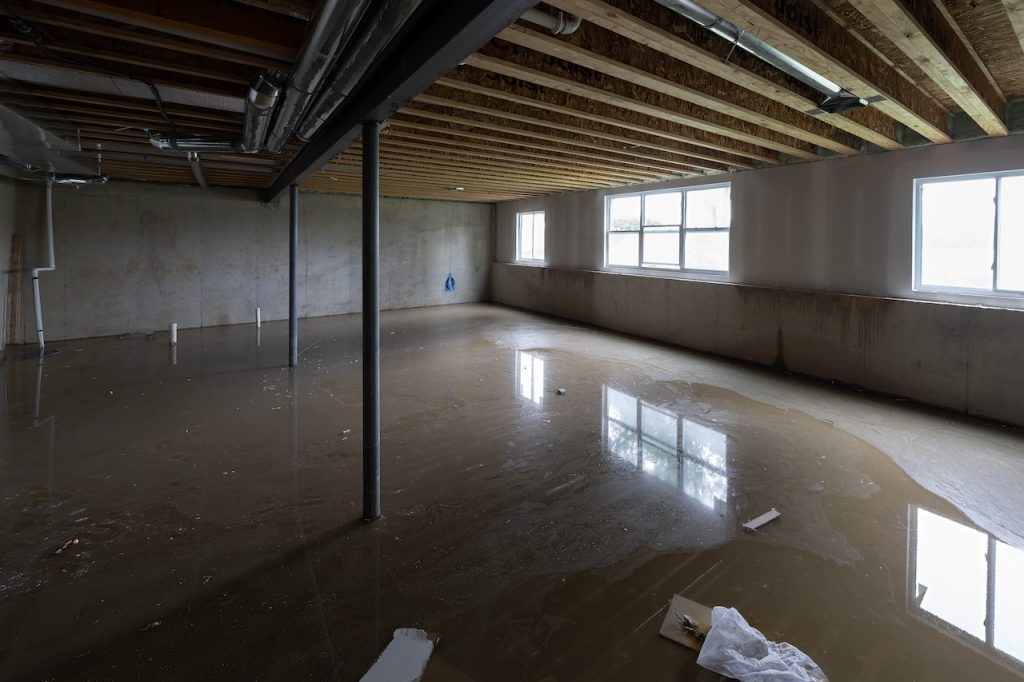
If your basement regularly floods, it’s often due to a failing foundation that can no longer keep water out.
Recognizing the early signs of water damage can save you from more severe structural issues. Below are some common indicators:
- Cracks in Foundation Walls or Floors: Foundation cracks, mainly those wider than 1/8 of an inch, are a major red flag. They often signify that water seeps into the foundation, causing it to shift or expand.
- Uneven or Sloping Floors: If you notice your floors becoming uneven, this could indicate that the foundation has shifted due to water damage. Over time, the soil beneath the foundation may erode or expand, causing instability.
- Mold and Mildew Growth: Water entering the foundation can create a damp environment, perfect for mold and mildew growth. If you smell musty odors or see mold patches, it clearly indicates that water is intruding into your foundation.
- Basement Flooding: Your basement could be flooding due to a poor foundation. Water pooling and sitting against the walls can also exacerbate foundation issues.
Repair and Reinforcement Techniques for Foundation Water Damage
If your foundation is already showing signs of water damage, don’t panic. Several repair and reinforcement techniques can help restore its integrity:
- Crack Injections: For small cracks, polyurethane or epoxy injections can seal the crack and prevent water from seeping into the foundation.
- Exterior Waterproofing: This technique involves digging around the foundation and applying a waterproof membrane. The membrane acts as a protective barrier, preventing water from penetrating the foundation walls.
- French Drains: A French drain is an effective way to divert standing water away from your foundation. By installing a perforated pipe in a trench filled with gravel, you can guide water away from your home, reducing the risk of water pooling around the foundation.
- Piering or Underpinning: Piering (or underpinning) can help with more serious foundation issues. This method involves driving steel piers into the ground beneath the foundation to provide additional support and lift the structure back to its original level.
Preventive Measures to Protect Your Foundation from Water Damage
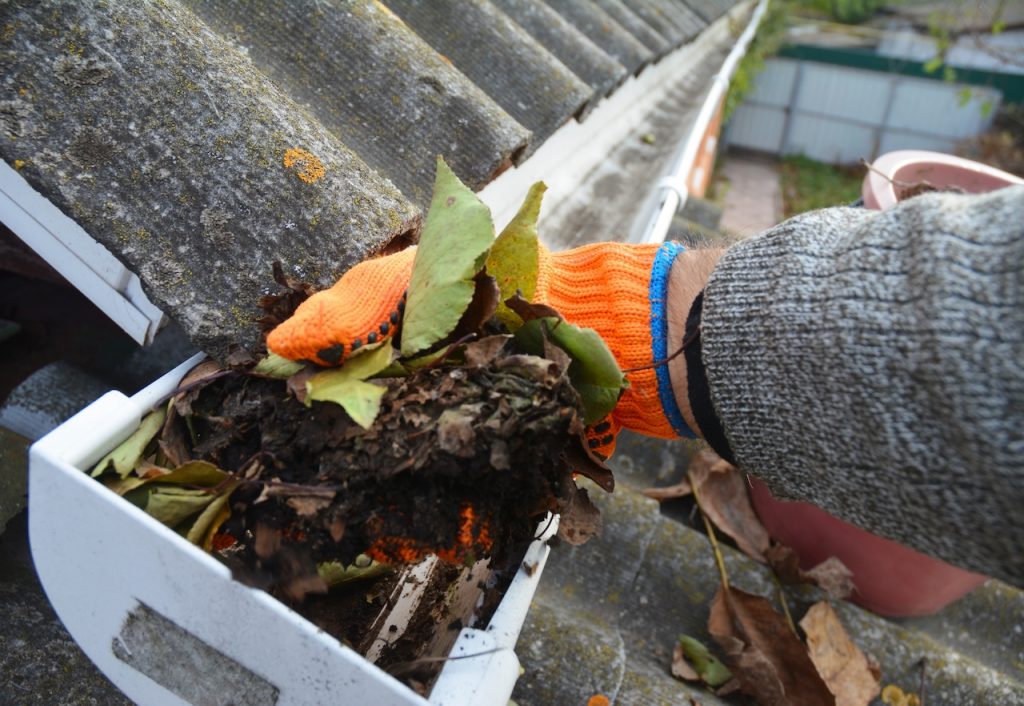
Clogged gutters can cause water to pool near the foundation, seep into the soil, and cause damage over time.
Prevention is always better than repair, especially regarding your home’s foundation. Here are some practical measures to protect your foundation from water damage:
- Proper Gutter and Downspout Maintenance: Ensure your gutters are clean and debris-free. Downspouts should direct water five feet away from your home’s foundation. If water pools near the foundation, it can seep into the soil and cause damage over time.
- Landscaping Solutions: Grading the soil around your home to slope away from the foundation can prevent water from accumulating near it. You can also use landscaping features like swales or dry creek beds to channel water away from the foundation.
- Install a Sump Pump: Sump pumps are designed to remove water from your basement or crawlspace. Installing one can prevent basement flooding, a common cause of foundation water damage.
- Regular Foundation Inspections: Regularly inspect your foundation for any signs of cracks, uneven floors, or moisture buildup. Early detection can prevent minor issues from escalating into more significant problems.
Protect Your Home with PuroClean of Houston-Beltway
If you’ve noticed any signs of water damage in your foundation, acting quickly is crucial. Ignoring the problem will only lead to more extensive damage and higher repair costs.
Enter PuroClean of Northeast Houston-Beltway. As experts in water damage restoration, we can assess the extent of your foundation’s water damage and recommend the best course of action. Our team has the expertise to protect your home from further damage. If you’re experiencing any signs of water damage or want to take preventive measures, contact PuroClean of Houston-Beltway at (713) 250-8800.
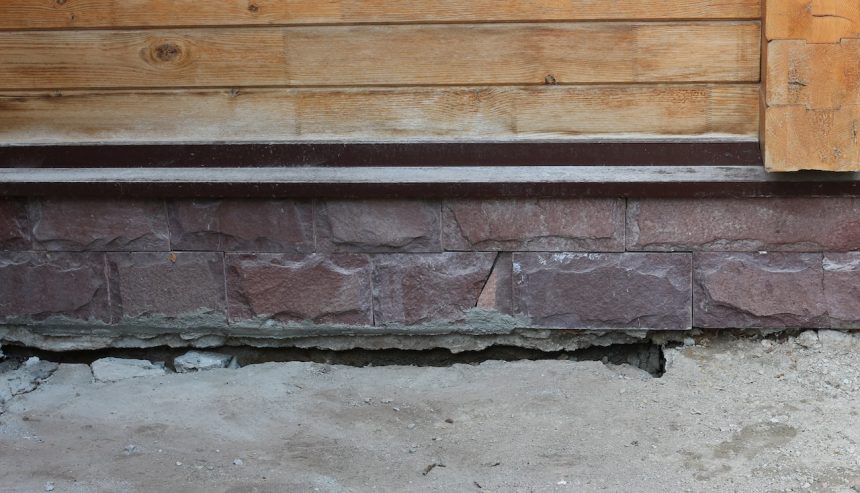

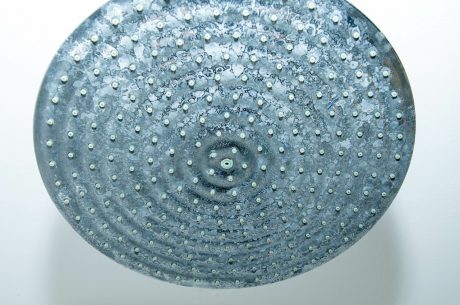

 PuroClean of Northeast Houston – Beltway
PuroClean of Northeast Houston – Beltway